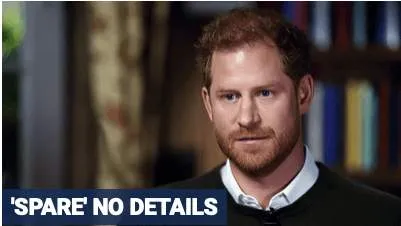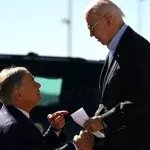(Fox News) Prince Harry’s memoir, “Spare,” details his life growing up behind palace gates, and how he left the monarchy after dealing with an abundance of issues from royals, family members and the British press.
He’s continued to defend his decision to write the tome, and recently accused his family of being “complicit” in his wife Meghan Markle’s “pain and suffering” before they officially left royal duties.
The Duke of Sussex chatted with Anderson Cooper on “60 Minutes” about the autobiography, which is set to be released on Jan. 10.
Here are five of the biggest revelations from Harry’s interview:

Prince Harry talked about his drug usage, seeing Princess Diana’s crash photos and his stepmother’s status in “60 Minutes” interview. (CBS Photo Archive)
Harry asked for proof that Princess Diana died
When he was 20 years old, eight years after her death, Prince Harry requested the police report from his mother’s fatal collision.
Princess Diana was 36 years old when she died on Aug. 31, 1997, following a car collision in Paris, France. Diana, along with her boyfriend, Dodi Al-Fayed, and their driver, Henri Paul, were killed while being pursued by photographers in the Pont de l’Alma tunnel.
She was known as “The People’s Princess” despite her disdain for the press and life in the spotlight, and divorced Charles in 1996, with paparazzi ultimately chasing her to death.
“The files contained photographs of the crash scene. Why did you want to see it?,” Cooper asked.
Kensington Palace did not immediately respond to Fox News Digital’s request for comment.
“Mainly proof,” Harry said. “Proof that she was in the car. Proof that she was injured. And proof that the very paparazzi that chased her into the tunnel were the ones that were taking photographs – photographs of her lying half dead on the back seat of the car.”
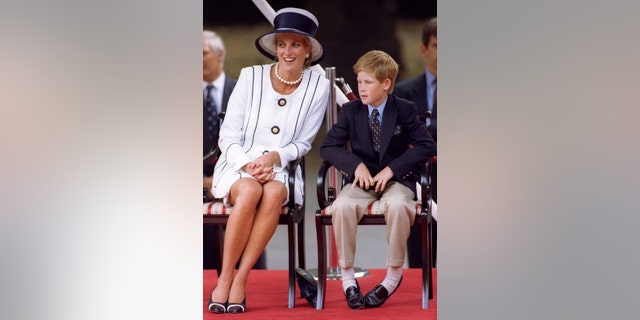
Princess Diana and Prince Harry attended a royal ceremony together in 1995. (Reuters)
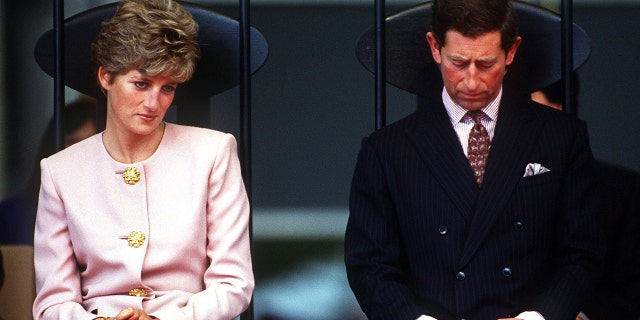
Charles claimed in his own 1994 biography that he was forced into the marriage with Princess Diana (seen in 1991) by his late father, Prince Philip. (Jayne Fincher/Princess Diana Archive)
Anderson added, “You write in the book, ‘I hadn’t been aware before this moment,’ talking about looking at the pictures of the crash scene, ‘that the last thing Mummy saw on this earth was a flash bulb.’ That’s what you saw in the pictures?”
“Well they were … the pictures showed the reflection of a group of photographs taking photographs through the window, and the reflection on the window was – was them.”
Harry was advised by a private secretary to not continue looking at the rest of the images.
He added, “All I saw was the back of my mum’s head – slumped on the back seat. There were other more gruesome photographs, but I will be eternally grateful to him for denying me the ability to inflict pain on myself by seeing that. Because that’s the kinda stuff that sticks in your mind forever.”
Harry sought out experimental therapeutic treatments to suppress “a lot of anger”
Prince Harry said it was “obvious” even as a child that the British press played a part in his mother’s misery, and he had “a lot of anger” built up through the years that he “never expressed to anybody.”
At one point, he “resorted to drinking heavily. Because I wanted to numb the feeling, or I wanted to distract myself from how … whatever I was thinking. And I would, you know, resort to drugs as well. ”
Harry admitted to smoking marijuana and using cocaine after feeling “hopeless and lost” in his 20s.
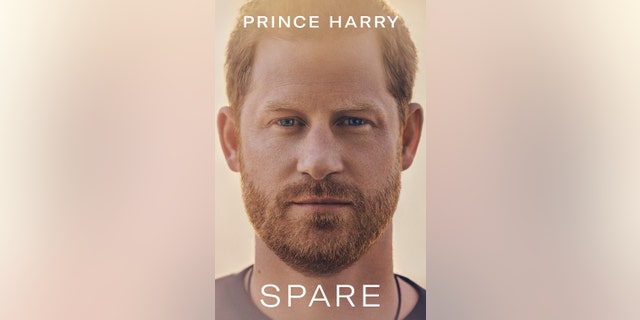
Prince Harry’s memoir ‘Spare’ will be available on Jan. 10. (Penguin Random House)
“There was this weight on my chest that I felt for so many years that I was never able to cry,” he said. “So I was constantly trying to find a way to cry, but – in even sitting on my sofa and going over as many memories as I could muster up about my mum. And sometimes I watched videos online.”
“Of your mom,” Anderson said, to which Prince Harry agreed but admitted he still couldn’t cry over Princess Diana’s death.
“You write in the book about psychedelics, Ayahuasca, psilocybin, mushrooms,” Anderson said.
“I would never recommend people to do this recreationally. But doing it with the right people if you are suffering from a huge amount of loss, grief or trauma, then these things have a way of working as a medicine,” Prince Harry admitted.
“For me, they cleared the windscreen, the windshield the misery of loss. They cleared away this idea that I had in my head that – that my mother, that I needed to cry to prove to my mother that I missed her. When in fact, all she wanted was for me to be happy.”
Queen Consort Camilla was “the villain”
When Camilla Parker Bowles married then-Prince Charles in 2005, they had already been romantically connected for decades. Princess Diana, who divorced Charles in 1995, had famously referred to Camilla as the third person in her marriage, and Harry said the term stayed with him.
“She was the villain. She was the third person in their marriage,” Harry said. “She needed to rehabilitate her image.”
“You and your brother both directly asked your dad not to marry Camilla?” Anderson asked.

Clarence House family photo included royal family members (Chris Jackson)
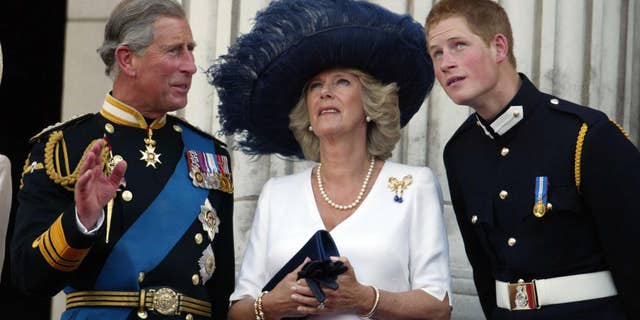
Prince Harry claimed Camilla was “the villain” and used him for “P.R.” (James Vellacott)



